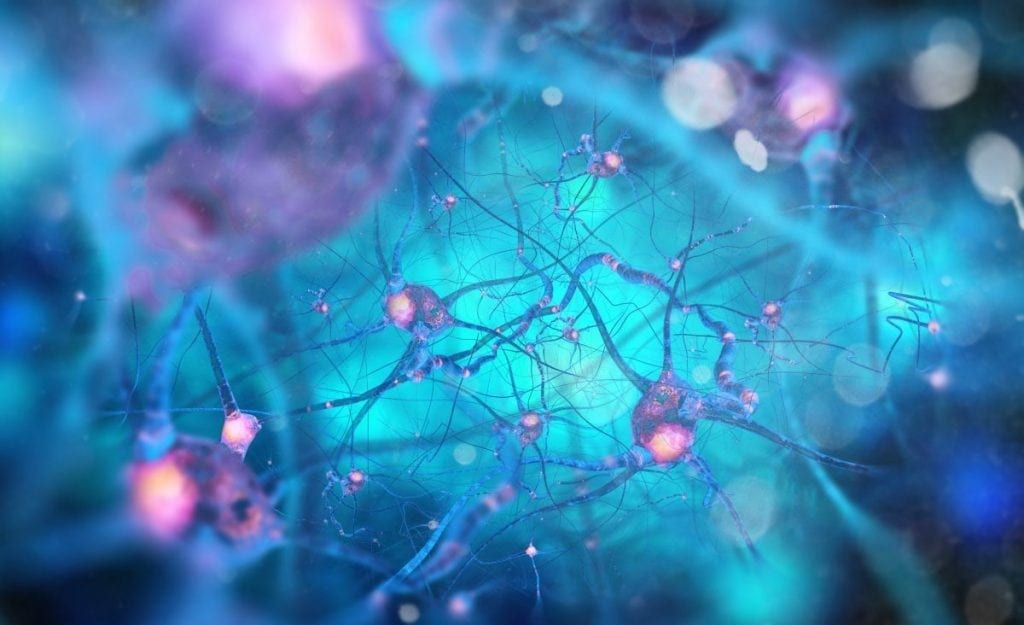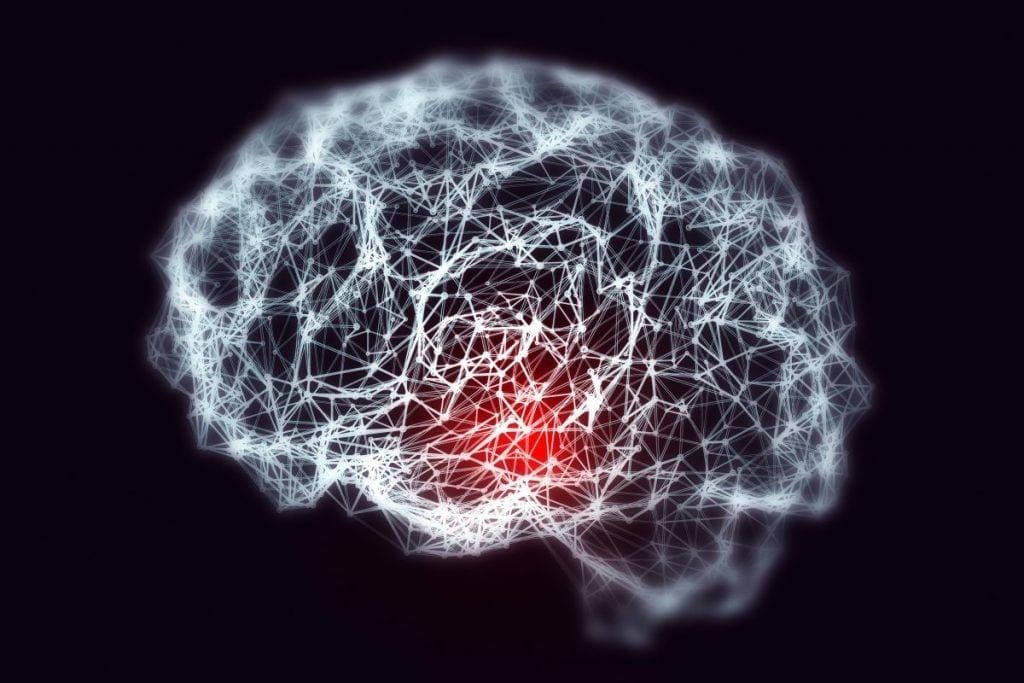An alzheimer’s ‘world first’ breakthrough by Cambridge scientists could target the cause of the disease and lead to a new generation of drugs that could be in clinical trials in two years.
Along with scientists in Sweden they have discovered a new way to target the toxic particles that destroy healthy brain cells.
Professor Michele Vendruscolo from the University, said: “All the previous clinical trials that have focused on finding drugs to modify the disease have failed.
“The trials that have succeeded have given us a handful of drugs, but these drugs can only treat the symptoms of Alzheimer’s disease, not its onset and progression.
“As the pathogens have now been identified as small clumps of proteins known as oligomers, we have been able to develop a strategy to aim drugs at these toxic particles.
“Our research is based on the major conceptual step of identifying protein oligomers as the pathogens, and reports a method to systematically develop compounds to target them.
“This approach enables a new drug discovery strategy.
“This is the first time that a systematic method to go after the pathogens, the cause of Alzheimer’s disease, has been proposed.
“Until very recently scientists couldn’t agree on what the cause was so we didn’t have a target.
“We have devised the first strategy to ‘go after’ the cause of the disease, leading to hope that new drugs can be be developed.”
Dementia is the leading cause of death in the UK and the cost of dementia is expected to more than double in the next 25 years, from £26 billion to £55 billion.
Scientists have identified abnormal deposits called protein oligomers as the most likely cause of dementia.
Although proteins are normally responsible for important cell processes, in Alzheimer’s disease these proteins become rogue, form clumps and kill healthy nerve cells.
Alzheimer’s disease leads to the death of nerve cells and tissue loss throughout the brain.
Over time, the brain dramatically shrinks and the cell destruction causes memory failure, personality changes, and problems carrying out daily activities.

Proteins need to fold properly to be effective and when they misfold, dangerous deposits called plaques form which the brain can’t shift and cause dementia.
The plaques build up between nerve cells stopping them from signalling properly. As the nerve cells die, they twist, causing even more damage as they block nutrients and supplies to other cells.
Professor Vendruscolo explained: “A healthy brain has a quality control system that effectively disposes of potentially dangerous masses of proteins, known as aggregates.
“Upon ageing, the brain becomes less able to get rid of the dangerous deposits, leading to disease.
“It is like a household recycling system, if you have an efficient system in place then the clutter gets disposed of in a timely manner. If not, over time, you slowly but steadily accumulate junk that you don’t need. It is the same in the brain.”
The research was carried out by a team of scientists including Lund University in Sweden and also included Professor Sir Christopher Dobson, Master of St John’s College, University of Cambridge, at the Centre for Misfolding Diseases (CMD).
Their research paper has been published today in the Proceedings of the National Academy of Sciences (PNAS).
Sir Christopher said: “This interdisciplinary study shows that it is possible not just to find compounds that target the toxic oligomers that give rise to neurodegenerative disorders but also to increase their potency in a rational manner.
“It now makes it possible to design molecules that have specific effects on the various stages of disorders such as Alzheimer’s disease, and hopefully to convert them into drugs that can be used in a clinical environment.”
Dementia costs the health and social care sector more than cancer and heart disease combined, and receives a disproportionately low amount of research investment.
In 2012 dementia research in the UK received six times less funding than cancer research.
There have been approximately 400 clinical trials for Alzheimer’s disease but none of them have targeted specifically the pathogens that cause it.
In the UK, dementia is the only condition in the top 10 causes of death without a treatment to prevent, cure or slow its progression.
The team believes their first drug candidates could reach clinical trials in around two years.
The new strategy is based on an innovative chemical kinetics approach developed in the last ten years by scientists led jointly by Professor Tuomas Knowles, also a Fellow at St John’s College, Sir Christopher and Professor Vendruscolo, working at the new centre in Cambridge, in collaboration with scientists at Lund University led by Professor Sara Linse.

Professor Knowles said: “We are very excited about the potential of chemical kinetics for drug discovery against protein misfolding diseases.
“Since the process of aggregation is highly dynamic, the framework of kinetics allows us to approach this problem in a new way and find approaches to stop the generation of toxic proteins species at their very source.”
Dr David Reynolds, Chief Scientific Officer from Alzheimer’s Research UK, said: “This is a detailed academic study looking at how quickly compounds are able to stop amyloid building up into toxic clumps, which are characteristic of Alzheimer’s disease.
“With no treatments to slow or stop the diseases that cause dementia, it’s vital we improve approaches like this that could help refine the drug discovery progress and accelerate new treatments for people living with Alzheimer’s.”

